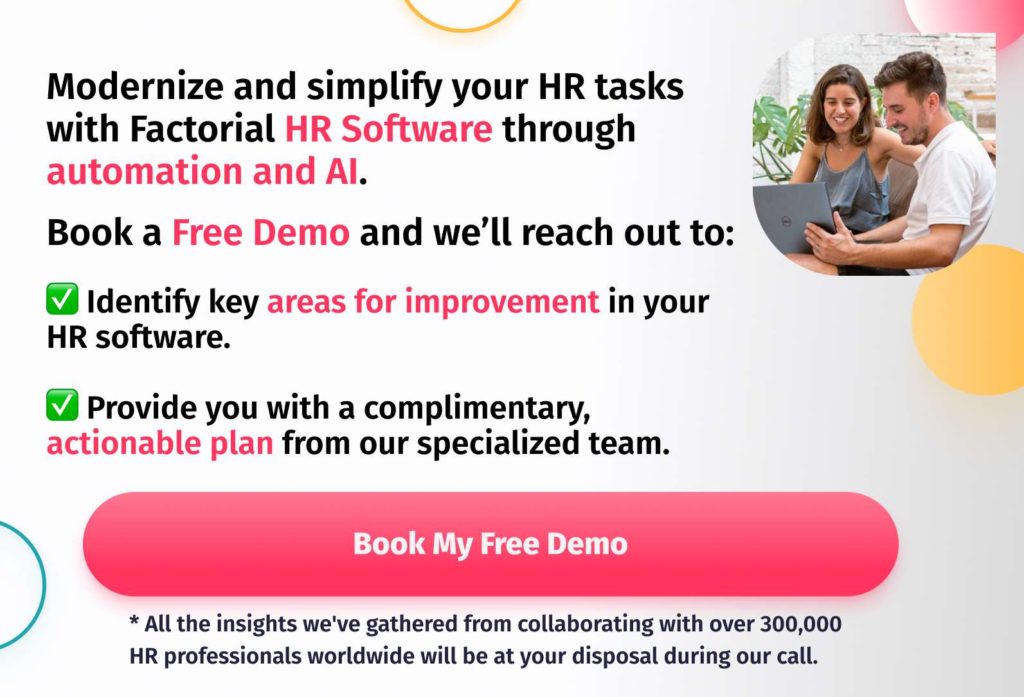According to the CDC, 26% of adults in the United States have some form of disability. Despite this fact, ableism in the workplace continues to be one of the last “isms” to remain widely socially acceptable. This is mainly down to a lack of awareness and inclusivity.
Even if your organization considers itself to be diverse and inclusive, there’s a strong possibility that ableist language exists in one form or another. Many of your employees may not even know they are using it.
In this post, we will take a look at ableist discrimination to help you understand what it means and how you can identify and correct it. We will look at a few ableism examples, including what constitutes ableist language. Finally, we will share a few tips to help you overcome unconscious discrimination and create a more inclusive workplace for all.
What is Ableism in the Workplace?
The concept of diversity, equity and inclusion is fast becoming an increasingly popular strategic approach for organizations all around the world. However, when most people think of workplace discrimination, they usually think in terms of racial, ethnic, or gender discrimination. The discrimination faced by those with disabilities is often dismissed or pushed to one side. And this has given rise to continuing conscious and unconscious ableism in the workplace.
Ableism is the discrimination, prejudice, or oppression of anyone living with a mental or physical disability. Its roots lie in the fact that many “able-bodied” people still believe that those with disabilities are inferior. This false belief often results in systemic bias and workplace discrimination. This might take the form of stereotypes, disability microaggressions, offensive comments, or discrimination in hiring and promotion processes. It can also result in disparate treatment and adverse impacts.
The biggest problem with ableism is that it can be so ingrained in society that discrimination is often completely unconscious. The only way to truly combat ableism in the workplace is to focus on creating a diverse workforce built on a philosophy of cultural competence.
Examples of Ableism in the Workplace
So, what’s an ableist, and how can you spot one?
Here are a few examples of ableism in the workplace:
- Anything constituted as a violation of the Americans with Disabilities Act. This includes inaccessible building designs or failing to provide reasonable accommodations (wheelchair ramps, handrails, etc.). It also includes demoting, terminating, or harassing employees as a direct result of their disability. These are more overt forms of ableist discrimination.
- Failure to recognize the entire spectrum of disabilities. Just because you can’t see someone’s disability, it doesn’t mean that it doesn’t exist. For example, alcohol addiction is considered a protected disability under the ADA, as are other mental health conditions.
- Using inflammatory or ignorant language, such as “an autistic” and “special needs”. More on ableist language in the next section.
However, not every example of ableism is obvious. The following more subtle examples would also be classed as ableism in the workplace:
- Pretending a disability doesn’t exist because it makes you uncomfortable. It’s important to acknowledge that people with disabilities often face unique challenges and may need extra support.
- Comparing an individual’s disability with your own temporary injury or illness. For example, using crutches for a broken ankle for a few weeks does not compare with living every day of your life in a wheelchair. Likewise, having a burst eardrum is not the same as experiencing deaf oppression in the workplace on a daily basis.
- As an employer, failing to create a safe space where your employees with disabilities feel comfortable talking about any struggles they might encounter. This will stop them from asking for help when needed and may even prevent them from doing their job well.
Ableist Language & Alternatives
The most common example of ableism is usually the conscious or unconscious use of ableist language. The hardest part of recognizing ableist language is that it is often so normalized in our culture that we don’t even realize that we are doing it. However, if you don’t try and combat it then you are contributing to an oppressive narrative. We should all try to be more aware of what we are saying and the subconscious messages we are portraying with our words.
Consider this list of ableist slurs: blind, deaf, dumb, idiot, insane, hysterical, lame, and psycho.
Or this commonly used metaphor: “our economy is crippled”
I bet we’ve all used these slurs many times believing they were completely harmless. But if you stop and think about what they actually mean you’ll realize that they are all examples of ableist language. They all refer to physical or mental health conditions.
You may think using this language is inoffensive, or even funny, but you are actually causing a lot of harm with your words. Aside from any direct offense you may cause, you are also spreading the idea that it’s acceptable to dehumanize and stigmatize someone with a disability.
Use your words wisely and listen to what you are actually saying when you speak.
How to Fight Ableism in the Workplace
The first step is identifying ableism in the workplace. The next step is implementing measures to change your culture and prevent it from happening.
Here are a few best practices you can implement in your company to help you create a more diverse and inclusive environment for all employees.
Create an Inclusive Hiring Policy
A good place to start in the fight against ableism in the workplace is by reviewing your hiring policies. Most people are familiar with the concept of gender bias recruitment, for example, but are your recruiters aware of the importance of not discriminating against disabilities?
If you haven’t already done so, make sure you reference disabilities in your Equal Employment Opportunity Statement. Promote your commitment to supporting individuals with disabilities and highlight that your company ethos goes beyond the requirements of the ADA. Make sure all candidates understand that you are an inclusive company and strive to provide accessibility to all, regardless of physical or mental health.
Promote your commitment to inclusive hiring practices through your employer brand and your public-facing recruiting and job postings. You could even consider looking for alternative recruitment sources, such as disability-focused job posting sites, to increase your level of diversity. Organizations like the Employer Assistance and Resource Network on Disability Inclusion (EARN) can be a great place to start.
Provide Employee Training
Employee training is also another valuable tool in the fight against ableism in the workplace. Offer disability awareness training at every level of your company so that your employees become more aware of the issue and how they may be contributing to discrimination at a conscious or unconscious level. Training can be a great opportunity for them to raise any questions about ableism that they may feel uncomfortable asking in other settings. A qualified trainer will know how to talk about ableism in a way that makes everyone feel at ease.
You could also create programs and initiatives in your company to promote the idea of diversity and inclusion. For example, you could offer your managers inclusive leadership training so that they can promote and support inclusivity in their own departments. You could also encourage any employees with disabilities to create an employee resource group to foster diversity and inclusion.
Monitor Corporate Language
Finally, as we saw above, focus on monitoring the language your managers and employees use so that you can identify any examples of ableist language or disability microaggressions. Training is a great way to teach your employees about the power of their words and how they might be subconsciously contributing to an offensive narrative with what they say.
Don’t just focus on informal language, though. You should also take a look at the language you use in your policies. Review internal and public documents and media and replace any questionable terms with less stigmatizing alternatives.
Overcoming Discrimination in the Workplace
The best way to overcome ableism in the workplace is to focus on diversity, equity, and inclusion. But don’t just talk the talk – you’ve also got to walk the walk. Put your words into action and focus on developing a genuinely open and inclusive environment for each and every one of your employees.
If you haven’t already done so, create a DEIB Mission Statement (diversity, equity, inclusion, and belonging) and implement a policy for diversity management in the workplace. Select a few key performance indicators (KPIs) that you can use to measure the progress of your DEIB initiatives. If you’re not sure where to start, you can download our free diversity metrics eBook. This can be a really effective way of creating a culture of belonging and inclusion.
Make sure you go beyond policies and metrics though. Your main focus should be on your corporate culture. Recognize how you can be more inclusive and make sure all your employees feel safe and heard, regardless of ability. Train your employees so that they can learn how to reverse any misconceptions they might have about disability.
Ultimately, the best way to eliminate ableism in the workplace is to do everything you can to normalize disability. Create a culture of sensitivity, but don’t be afraid to ask questions. Remember that disability is a part of someone’s identity, but it isn’t their whole identity.



